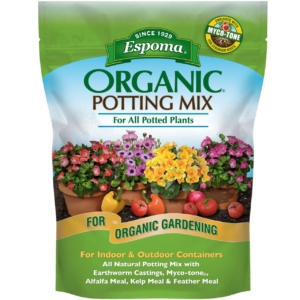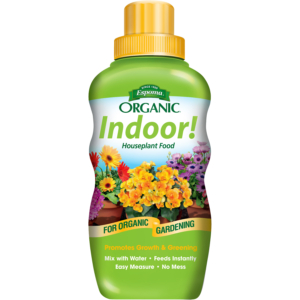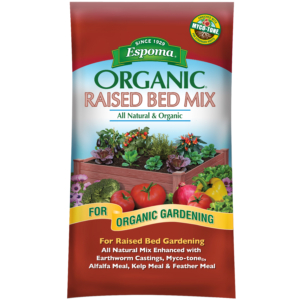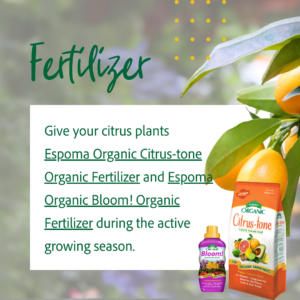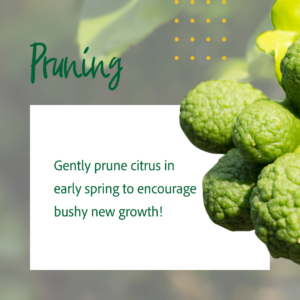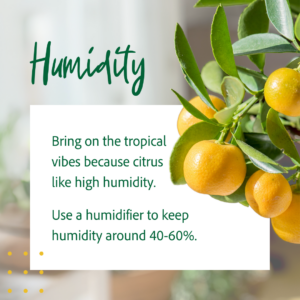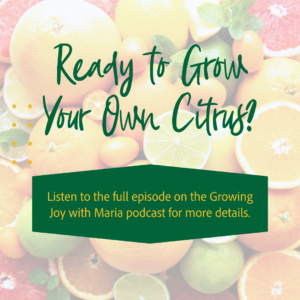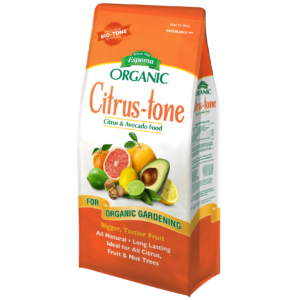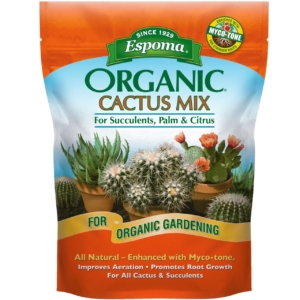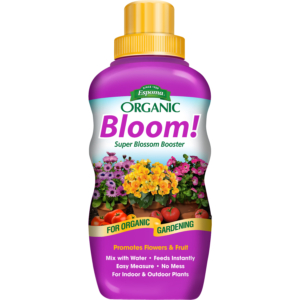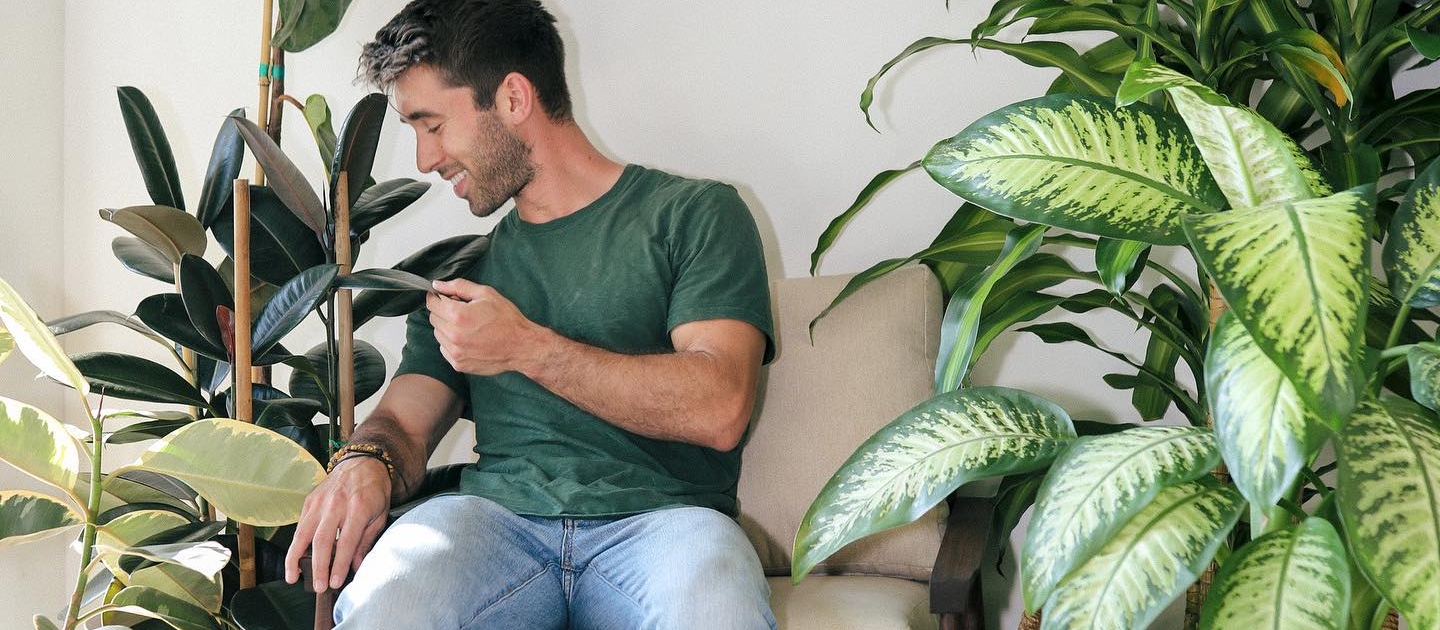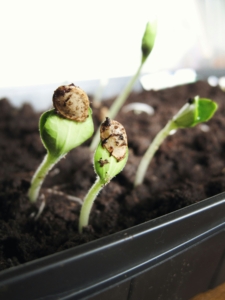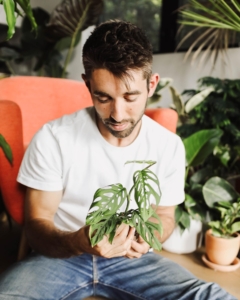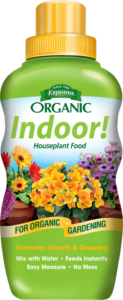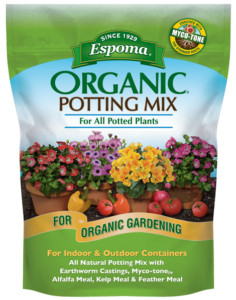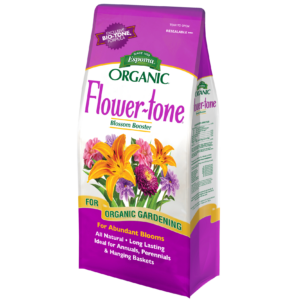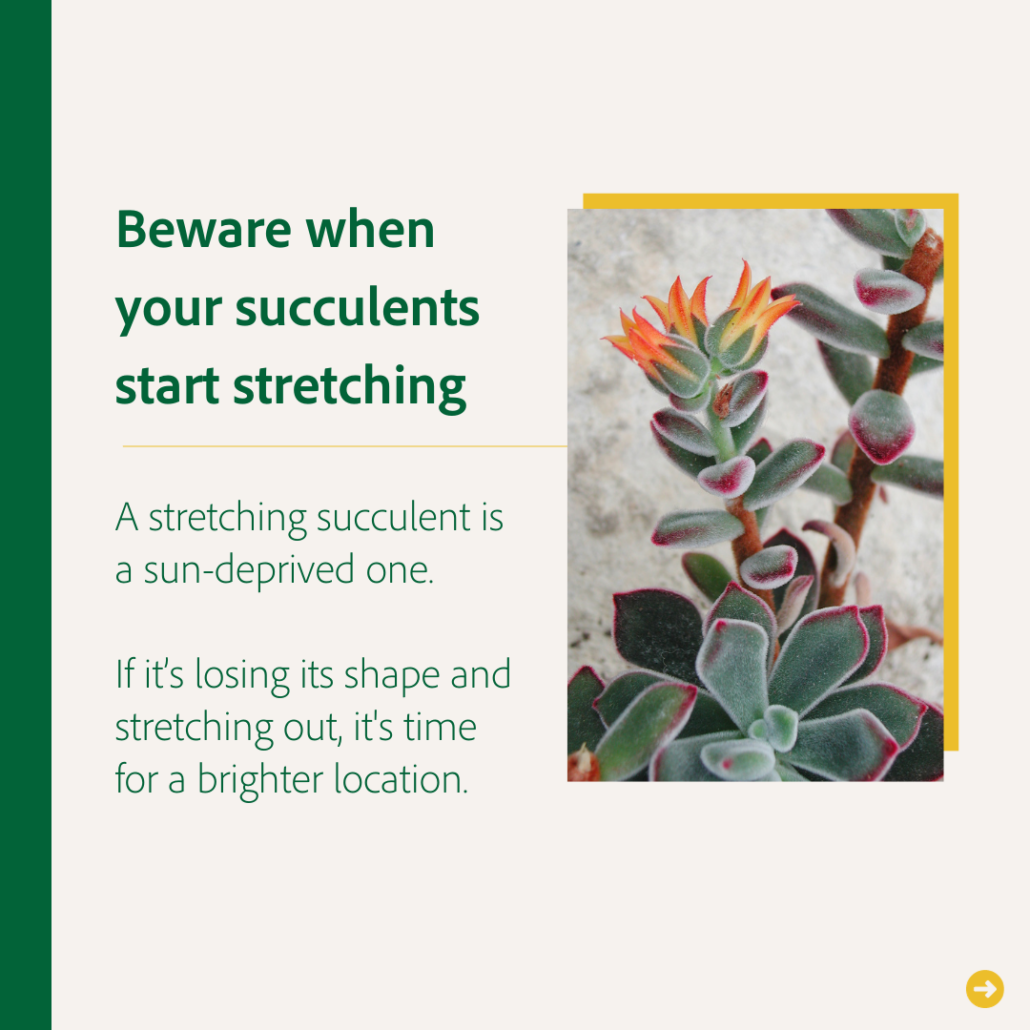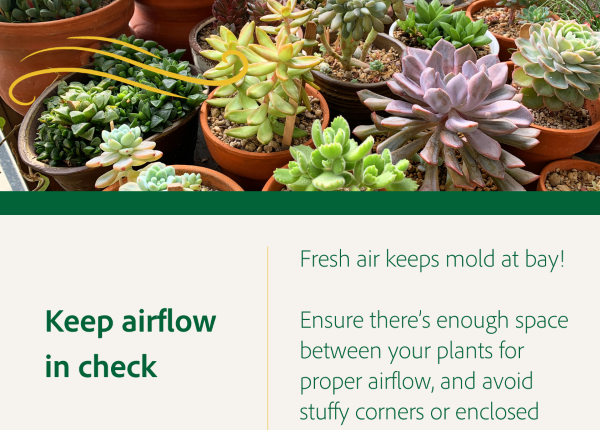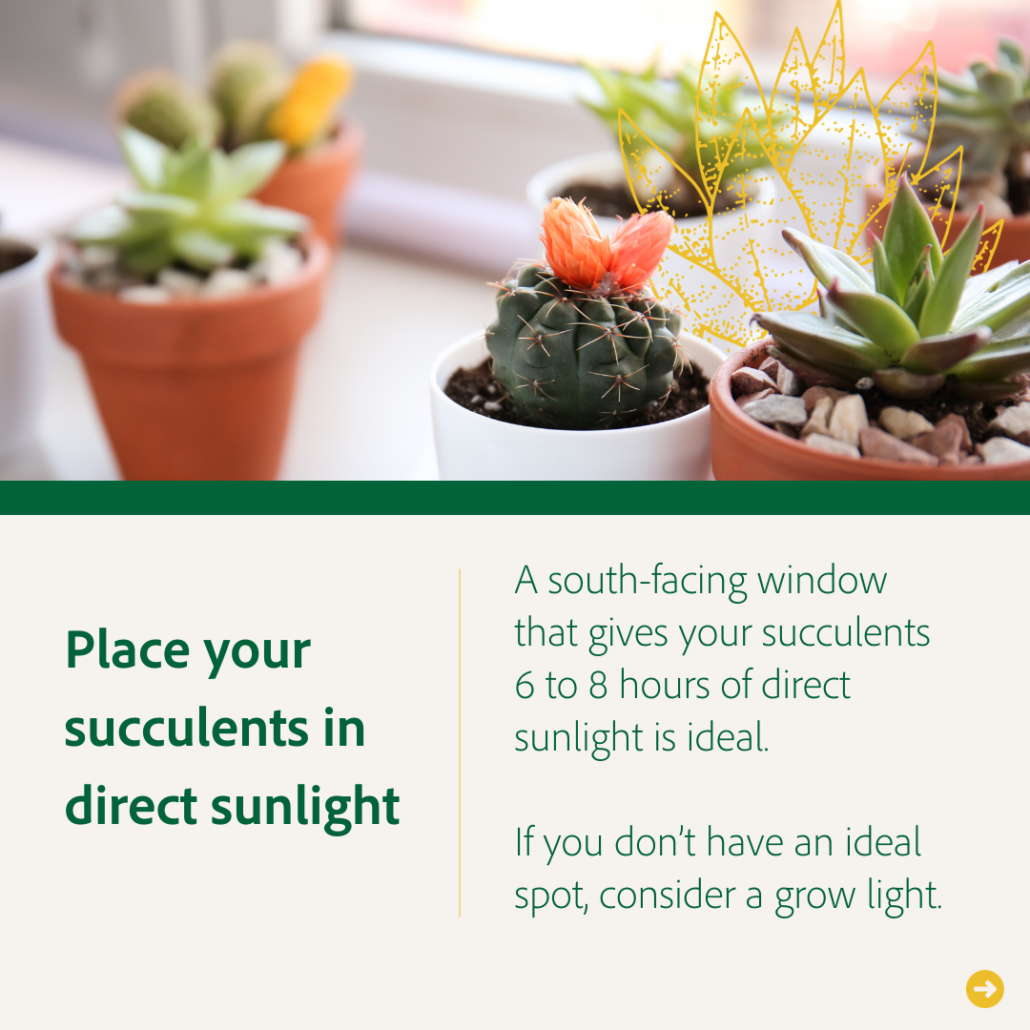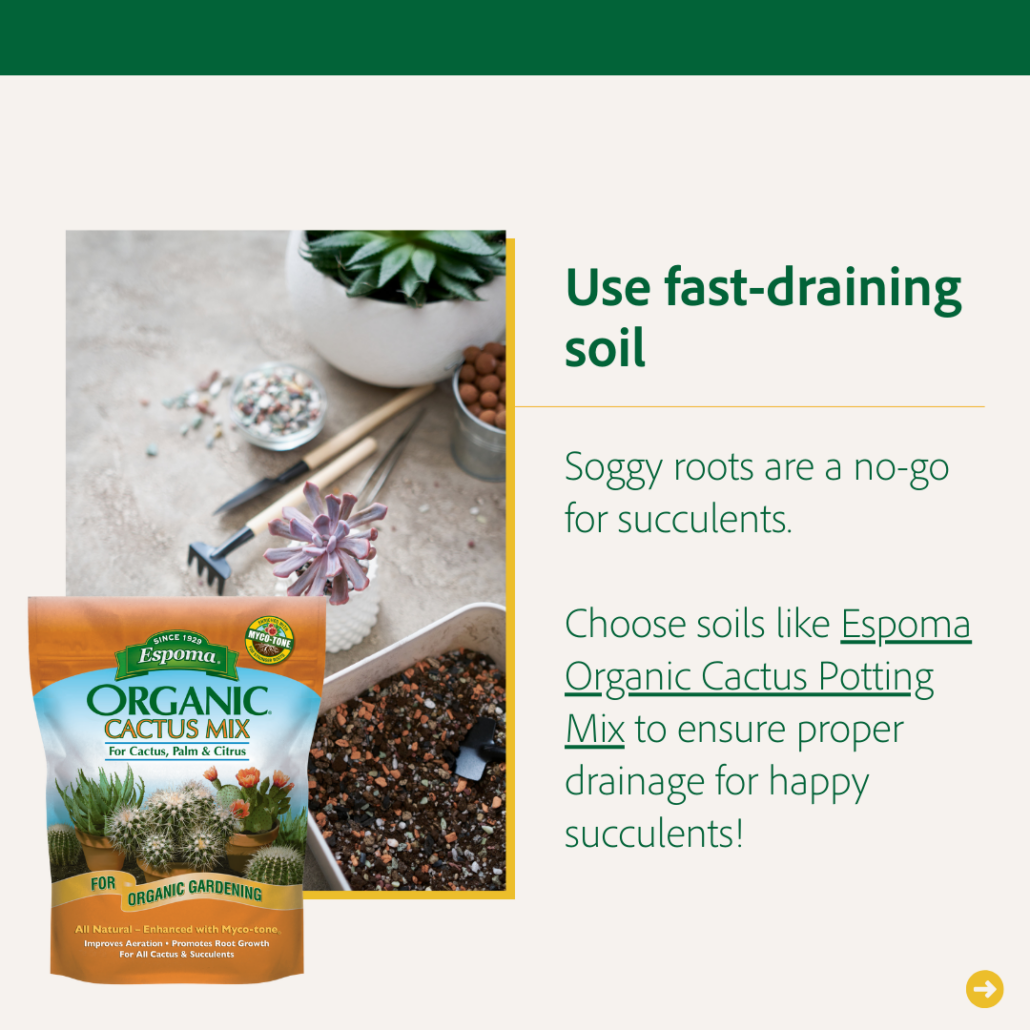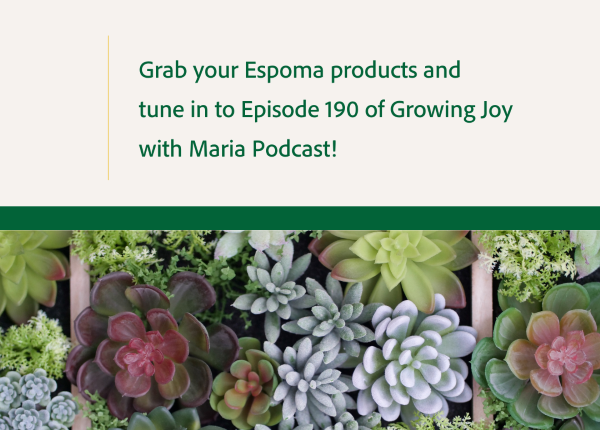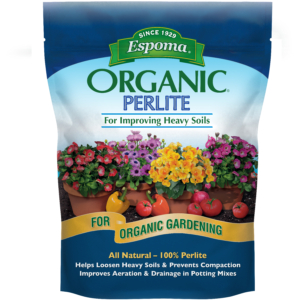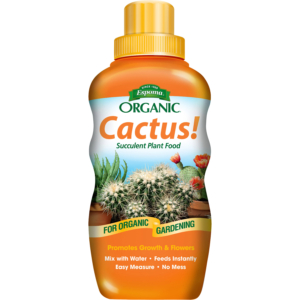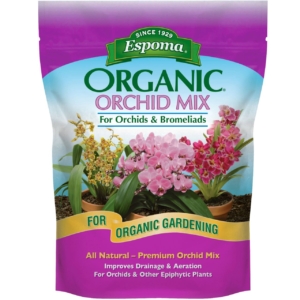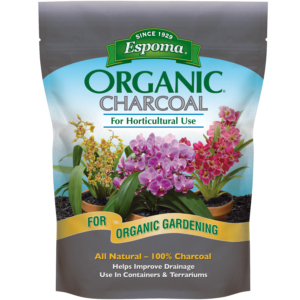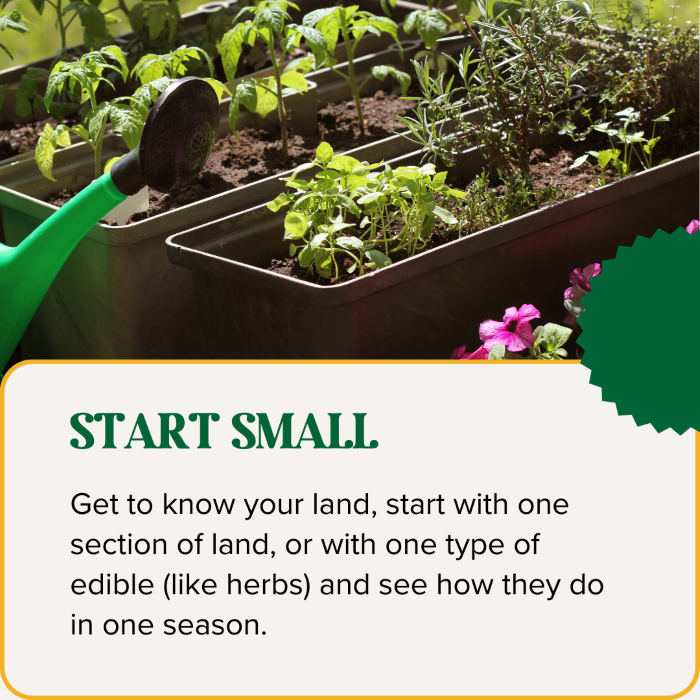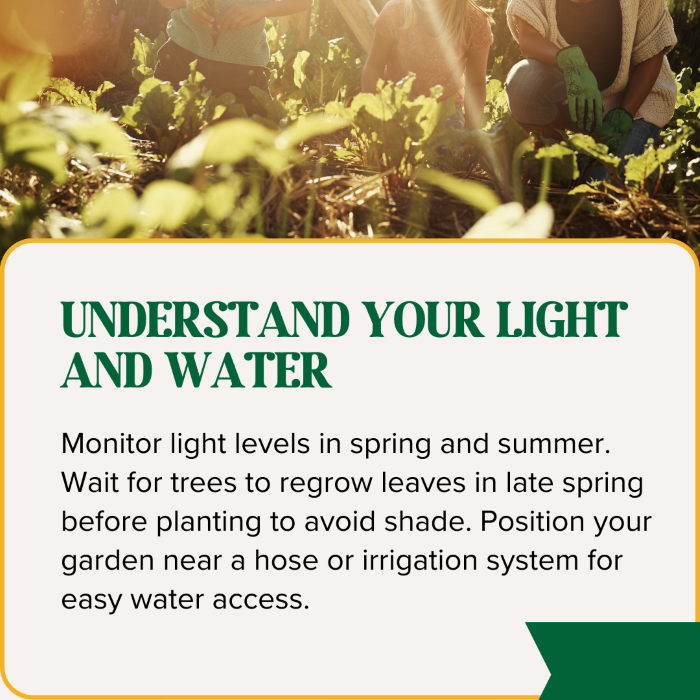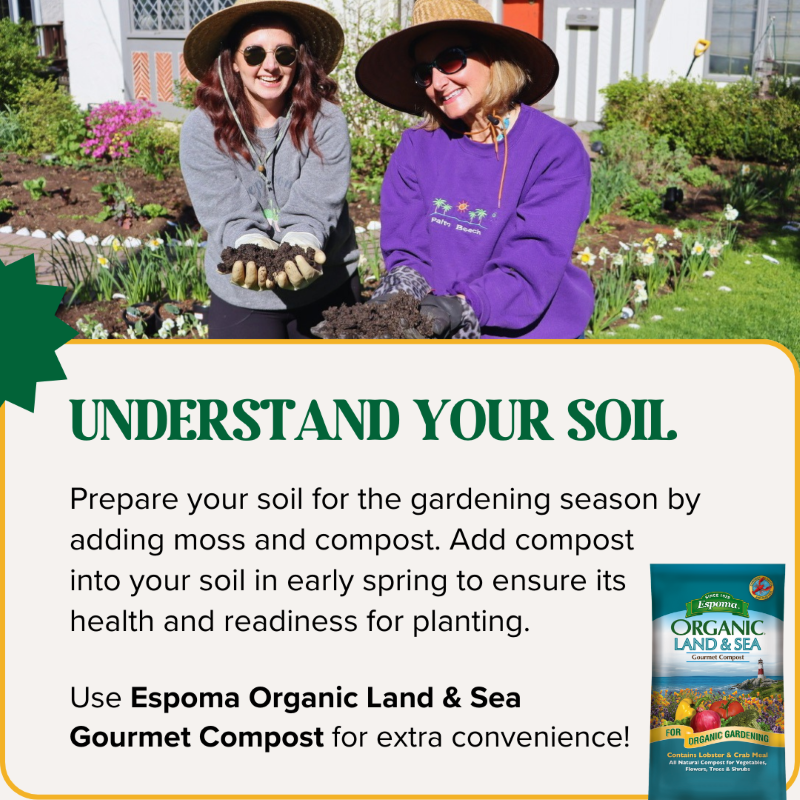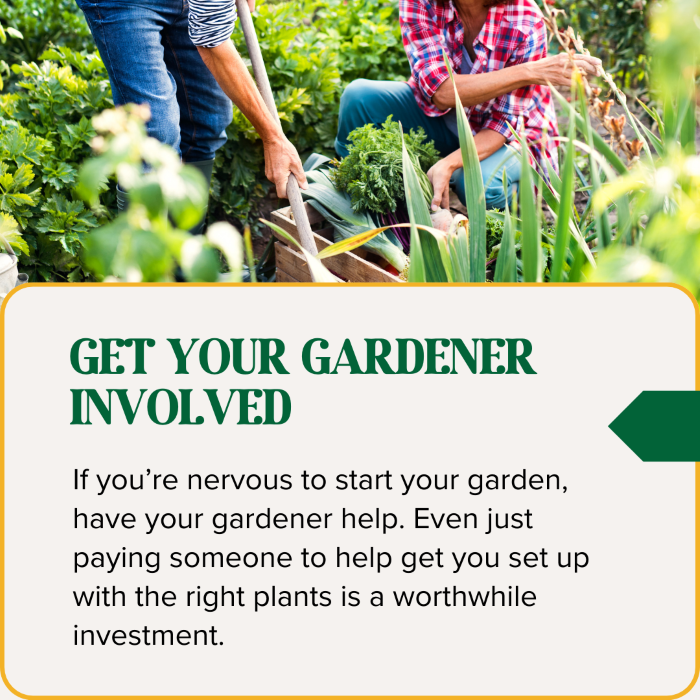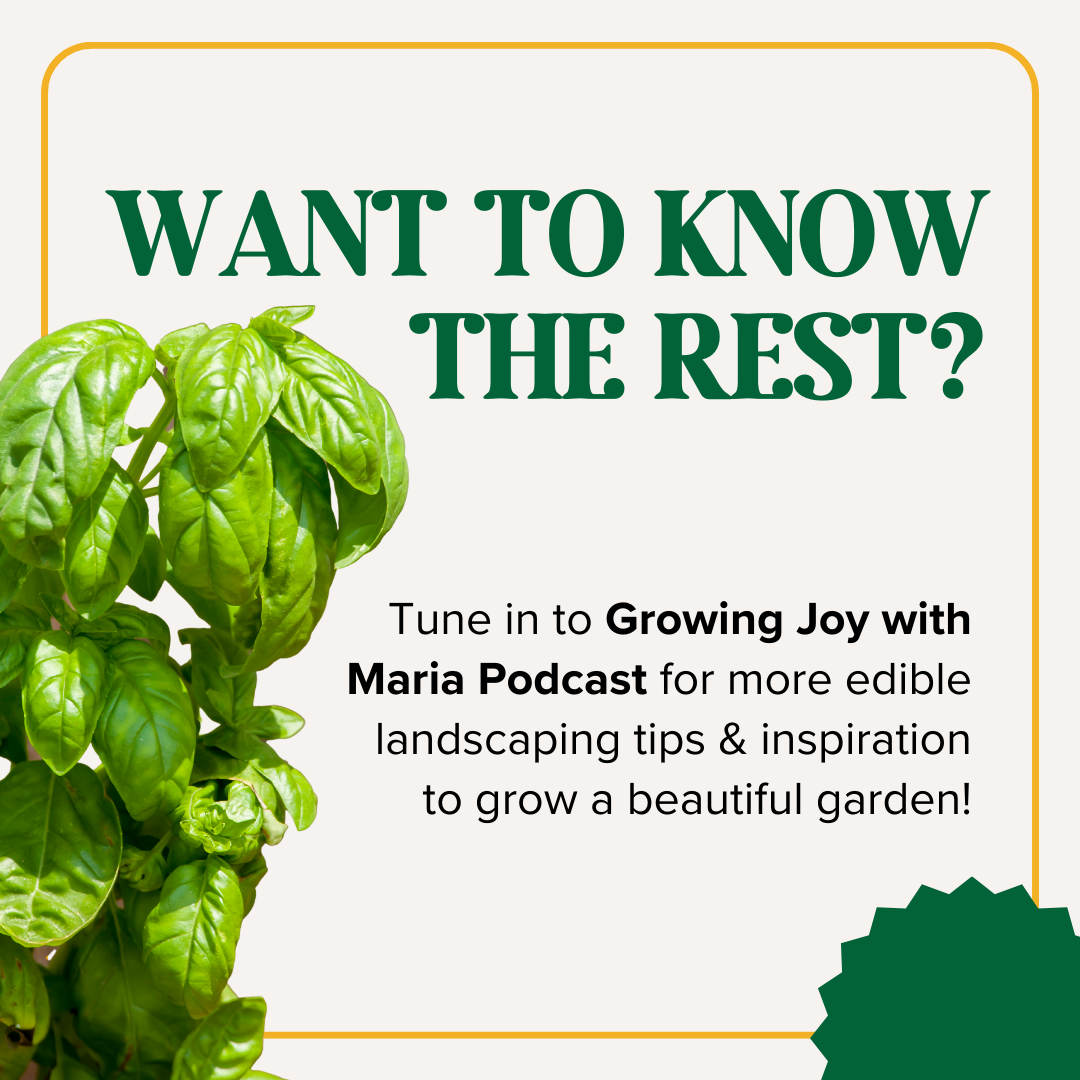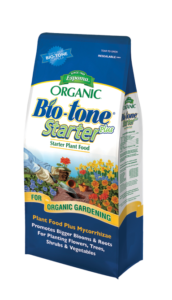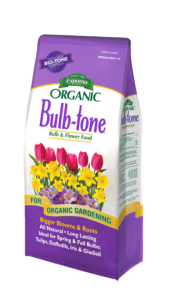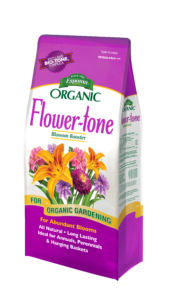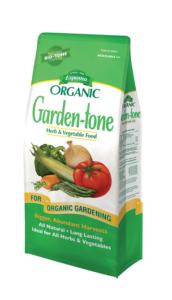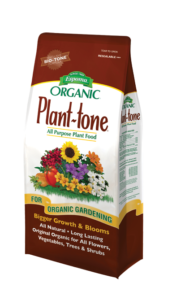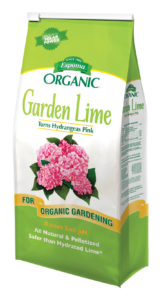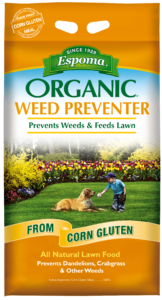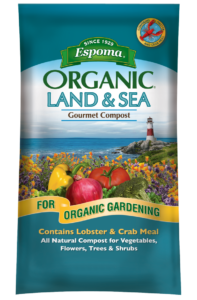As any experienced houseplant parent knows, emergencies happen. Maybe you discover mealybugs infesting your favorite plant. Perhaps a fungal leaf spot is spreading quickly on your Monstera.
When these problems with your houseplants happen, you have to act quickly. You can’t waste time searching for the right tools to fix them. That is why a DIY houseplant first aid kit is very important.
This blog is inspired by Episode 208 of Growing Joy with Maria Podcast, where host Maria Failla chatted with certified horticulturist Leslie Halleck to talk about the important items to include in your DIY houseplant first aid kit so you can effectively address plant problems as they arise.
Must-Have Products for Your Houseplant First Aid Kit
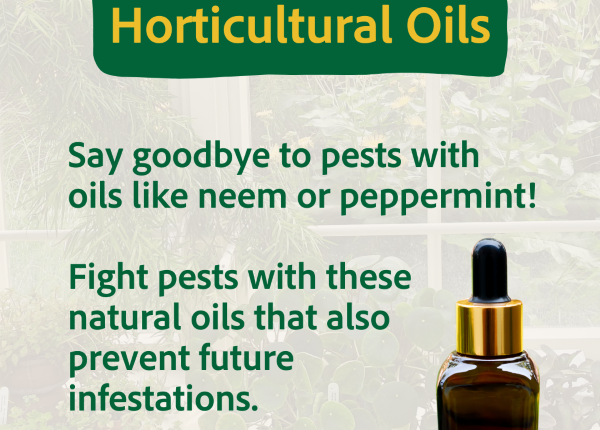
Horticultural Oils
Horticultural oils like neem oil, peppermint oil, etc. work to “smother” soft-bodied insects and fungal spores on contact. Some oils also help prevent future infestations.
Remember that when using these natural oils, pay attention to application instructions as some risk causing leaf burn if left on too long.
Fungicides
Sometimes those annoying fungal leaf spots and powdery mildews just won’t quit. For these or other fungal issues, use a fungicide like copper soap or a bio-fungicide spray made from helpful soil bacteria.
These products can stop fungal diseases in their tracks and prevent their spread. For similar insect issues, some companies now offer bio-insecticides with ingredients like spinosad to repel pests.
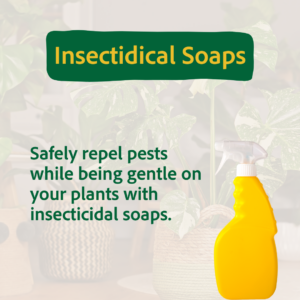
Insecticidal Soap
Made from plant-based fats/oils, insecticidal soaps effectively gets rid of pests that have soft bodies by breaking down their protective coatings when it touches them.
The good thing is that it usually doesn’t harm most plants. If you need to spray or clean up pests from time to time, it’s a good idea to start with insecticidal soap first before resorting to stronger methods.
Systemic Pesticides
When all else fails, it’s time to bring out the final boss—systemics. Unlike other treatments, systemics are absorbed by the plant after application to the soil, causing any pest that feeds on it to ingest the poison.
But this should be used as a last resort due to toxicity concerns, especially if you have curious pets. Still, they’re very effective at managing pest issues.
Hydrogen Peroxide
Best known for disinfecting human wounds, hydrogen peroxide eliminates pest larvae in potting soil and also increases oxygen flow to plant roots to aid struggling plants. Always dilute it first before applying.
Rooting Hormone
When restoring a plant that has experienced root loss or damage, using powdered rooting hormone can help it grow back faster after being replanted. It’s also useful to have on standby for propagating cuttings!
Tools to Add to Your Houseplant First Aid Kit
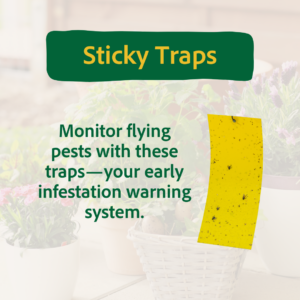
Sticky Traps
Sticky traps can catch adult fungus gnats and other flying pests. Put these traps just above the soil level to keep tabs on potential infestations.
But if you find a lot of pests stuck to the traps all at once, it’s a sign to do something about it. While sticky traps alone won’t completely fix the pest problem, using them with soil treatments can help prevent more pests in the future.
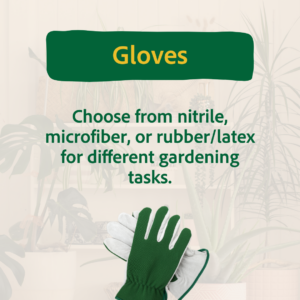
Gloves
It’s important to shield your hands from irritation and chemicals with quality gloves. Leslie recommends these types of gloves when gardening:
- Nitrile gloves – protect hands and allow you to physically remove pests by squishing or rubbing them off of leaves.
- Cotton gloves – a softer option for gently cleaning leaves and polishing plants.
- Rubber/latex gloves – offer hand protection when working with oils and chemicals.
Scissors and Pruners
Invest in a pair of sharp scissors and pruners solely for your houseplants. Not only do clean cuts improve healing, but using kitchen scissors risks bringing diseases inside.
Repotting Mat
These portable silicone mats provide a temporary clean surface for potting and treating plants. They prevent spilled soil or plant debris from dirtying floors and easily hose or wipe off afterward. No mess, no stress!
Humidity Domes
Is your Calathea being a “diva” again and wanting more moisture? Consider creating a mini greenhouse effect by either using plastic wrap to cover the pots or by placing transparent domes over your plants. This extra humidity will help the wilting leaves become healthy again!
Grow Lights
Supplementing natural light helps stressed plants recover faster. Compact LED grow lights provide therapeutic light when nursing plants back to health.
PAR Meter
Advanced plant parents invest in handheld PAR meters to precisely measure usable light reaching their plants.
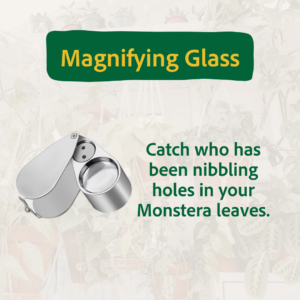
Magnifying Glass
A small magnifying glass equipped with a built-in LED light lets you inspect plants close up for early pest detection. The sooner you spot those tiny insects or fungal spores, the quicker you can spring into action before major damage occurs!
Moisture Meter
These secondary tools monitor moisture content in potting mixes. While somewhat unnecessary for experienced gardeners, soil probes help prevent underwatering/overwatering issues for new plant parents.
DIY Houseplant First Aid Kit Essentials—Assembled!
*****
Compile your basic houseplant products and tools into a houseplant first aid kit for indoor gardening emergencies. Store supplies in tackle boxes, label them clearly, and keep the kit easily accessible near your plants. Don’t wait until it’s too late; prepare your DIY houseplant care first aid kit today!
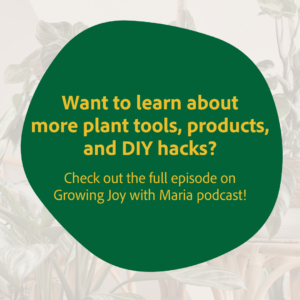
Featured Products:
